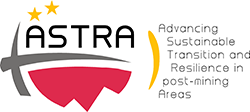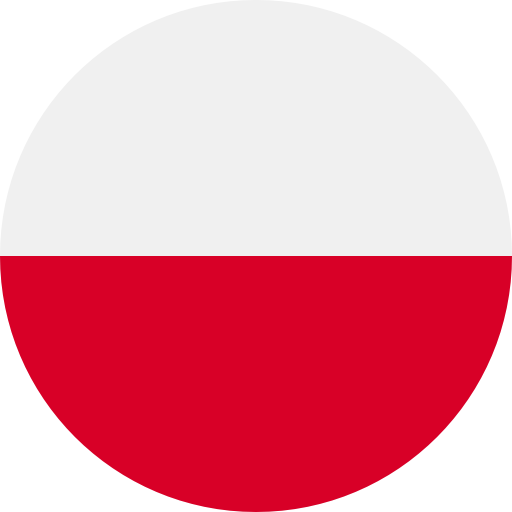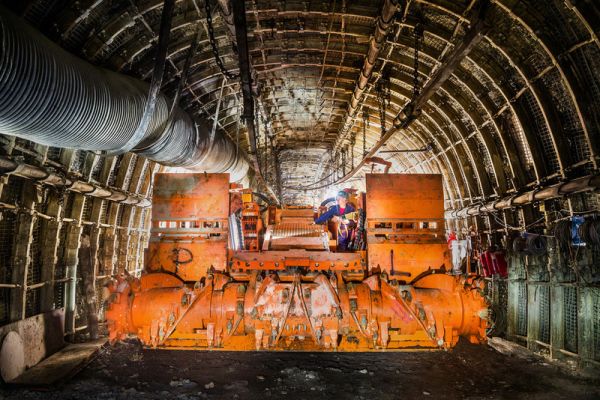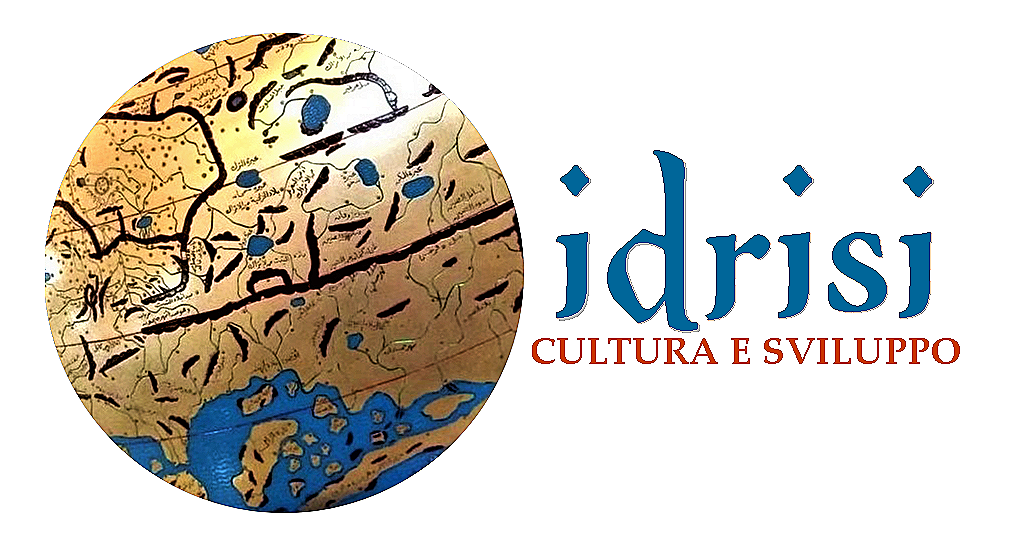Budryk Coal Mine
50º 10' 26'' N 18º 45' 32'' E
South-West
Poland
Description
The Budryk coal mine is a large mine in the south of Poland in Ornontowice, Silesian Voivodeship, 320 km south-west of the capital, Warsaw.
Extracted Materials
Budryk represents one of the largest coal reserve in Poland having estimated reserves of 235.5 million tonnes of coal. The annual coal production is around 5 million tonnes.
Antropological info
Landmark investments are in progress in the Budryk mine forming part of Jastrzębska Spółka Węglowa. One of the innovative projects is the application of independent roof bolt support technology. The Bolter Miner 12CM30 manufactured in the United States is modern mining equipment that was delivered to Ornontowice last year and has made it possible to enhance work effectiveness substantially. The roadheader is equipped with a 5.6-meter wide cylindrical cutting head. This equipment cuts up to 20 meters of a roadway per day depending on the mining and geological conditions.
Sociologal info
In August 2004, a deal was concluded to end a pay dispute at Poland's Budryk coal-mining company, following discussions in the Silesia Regional Social Dialogue Commission. The conflict had seen differences of opinion between various trade unions, a warning strike and threats of a full-stage stoppage. A number of pay disputes hit Poland's coal-mining industry during summer 2004 (PL0408101N). One was at the independent Budryk Coal Mine Joint-Stock Company (Kopalnia Węgla Kamiennego Budryk SA, KWK Budryk) in Ornontowice.
Archaeological info
In 2018 an earthquake led to a collapse in the Borynia-Zofiówka mine. There were 240 miners working in the mine when it collapsed, 5 miners were killed and two were injured while drilling a new tunnel at a depth of 900 metres. The high concentrations of methane in the mine, which reached a concentration of 58% at times, hindered the rescue operation.
Sustainable tourism insights
Europe experiences the development of post-industrial tourism documenting the time of growth of traditional coal basins. Contemporarily, the processes of deindustrialization take place. The material resources of traditional industry are being liquidated – which is expensive, or are adapted for the needs of tourism, which gives a new chance of development for these regions which are by rule in a difficult economic situation. Polish coal basin where many industrial plants and coal mines were closed as a result of restructurizing may serve as an example
Environment sustainability
Jastrzębska Spółka Węglowa is the largest producer of coking coal in the European Union and a significant producer of coke. The JSW Management Board is steadily strengthening the Company’s position as a leading producer and supplier of coking coal and coke to Europe. JSW is investing in new coal seams because the most important thing for a raw material company like Jastrzębska Spółka Węglowa is to ensure access to coking coal resources. The Company intends to do that not just by investing in the deposits that are already accessible, but also by opening up new deposits and new mining levels. JSW presently has 952 million tons of proven recoverable coal reserves, guaranteeing its ability to mine coal on a stable footing for at least 60 years.









